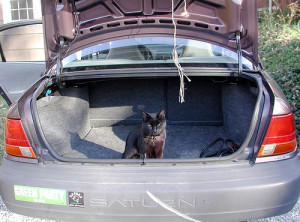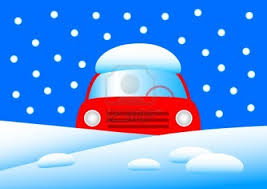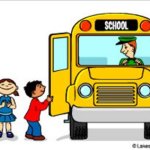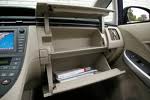Personal Safety – General Safety Tips
April 7, 2018 – 9:22 am

These tips are not intended to scare you, but to make you aware of some simple things you can do to prevent being the victim of a crime.
- Listen to and act on your intuition. It’s better to be safe and risk a little embarrassment, than stay in an uncomfortable situation that may be unsafe.
- If you are in danger or being attacked and want to get help, yell “Call 911!” or give specific directions to onlookers; for example: “You! Get the police!” or “Walk me to the store on the corner, I’m being followed.”
- Have your keys ready when approaching your car or building.
- Vary your routine: drive or walk different routes every day. If you suspect that someone is following you, by foot or in a car, don’t go home (or they will know where you live). Go to a trusted neighbor or to a public place to call police, or go directly to the police station.
- Do not label keys with your name or any identification.
- Don’t talk about your social life or vacation plans where strangers can overhear you.
- Carry your cell phone with you at all times.

 Having a car accident is a very upsetting, stressful situation. Being prepared and knowing what to do can make things a little bit easier. Make sure you know which host parent to call in case of an accident.
Having a car accident is a very upsetting, stressful situation. Being prepared and knowing what to do can make things a little bit easier. Make sure you know which host parent to call in case of an accident. What should you have in the trunk of your car in case of an emergency?
What should you have in the trunk of your car in case of an emergency?
 November 29– Black Friday is the Friday after Thanksgiving and is the beginning of the traditional Christmas shopping season. Black Friday is not an official holiday, but many people have the day off, which increases the number of potential shoppers. Merchants and the media use the term Black Friday to refer to the beginning of the period in which retailers are in the black i.e., turning a profit for the year. Sales are everywhere–set your alarm and hit the stores before the sun comes up to get an authentic experience this unique day!
November 29– Black Friday is the Friday after Thanksgiving and is the beginning of the traditional Christmas shopping season. Black Friday is not an official holiday, but many people have the day off, which increases the number of potential shoppers. Merchants and the media use the term Black Friday to refer to the beginning of the period in which retailers are in the black i.e., turning a profit for the year. Sales are everywhere–set your alarm and hit the stores before the sun comes up to get an authentic experience this unique day!



